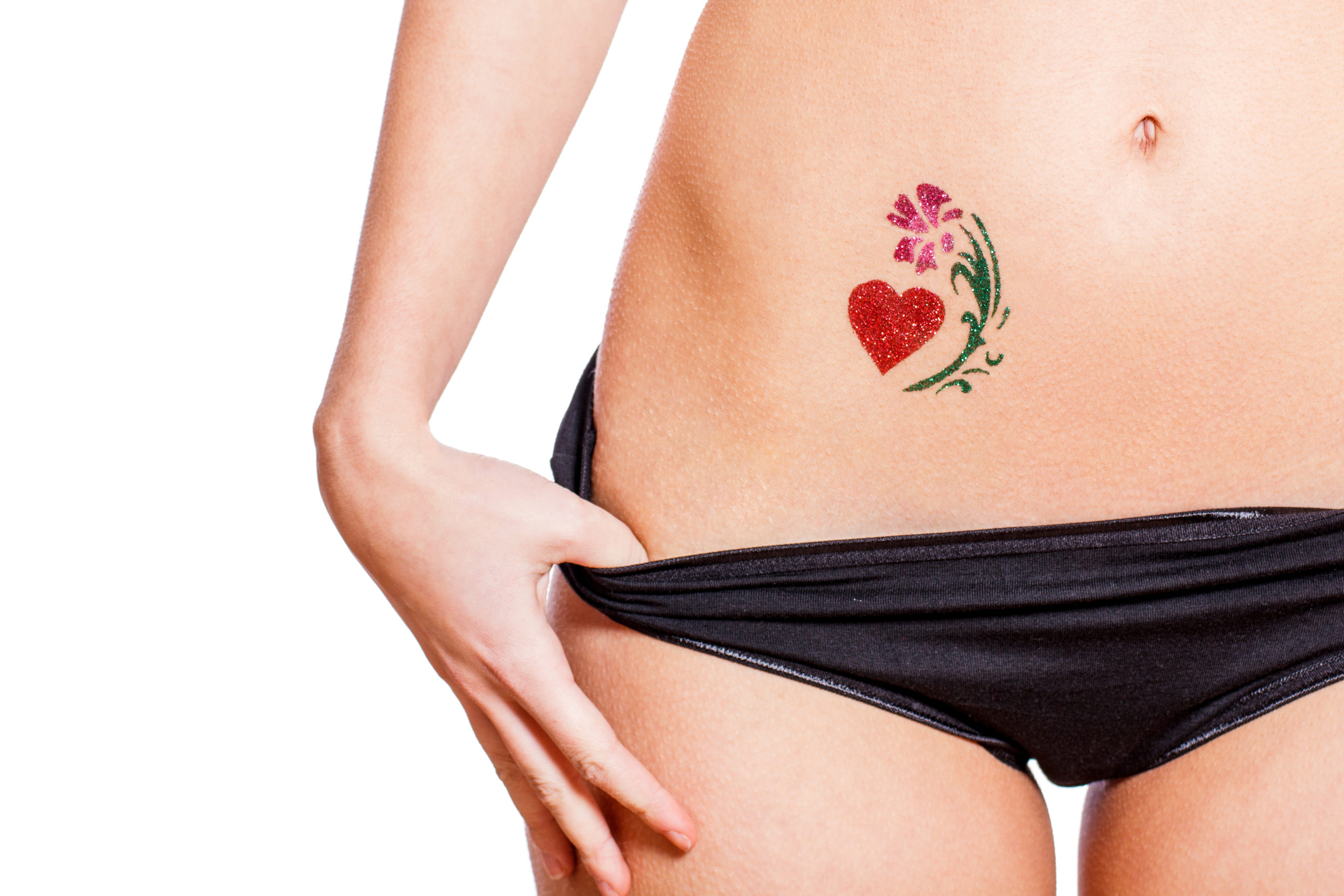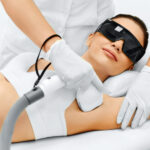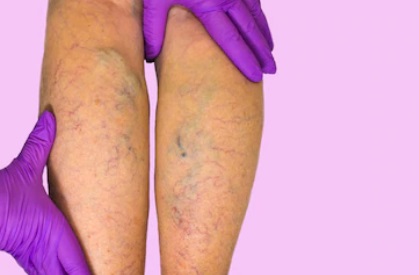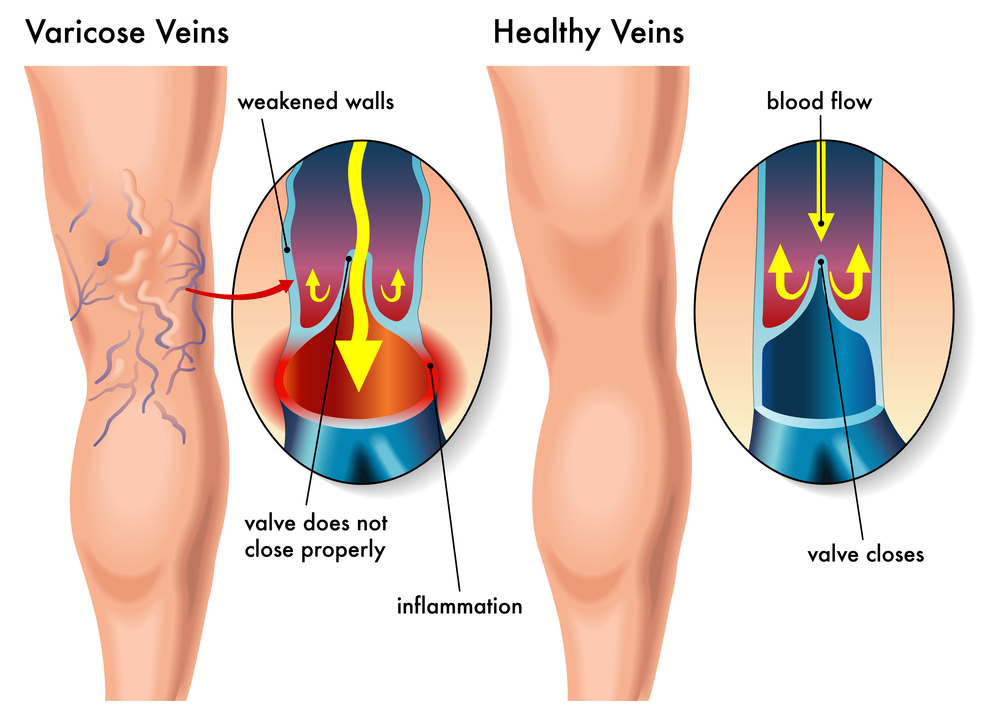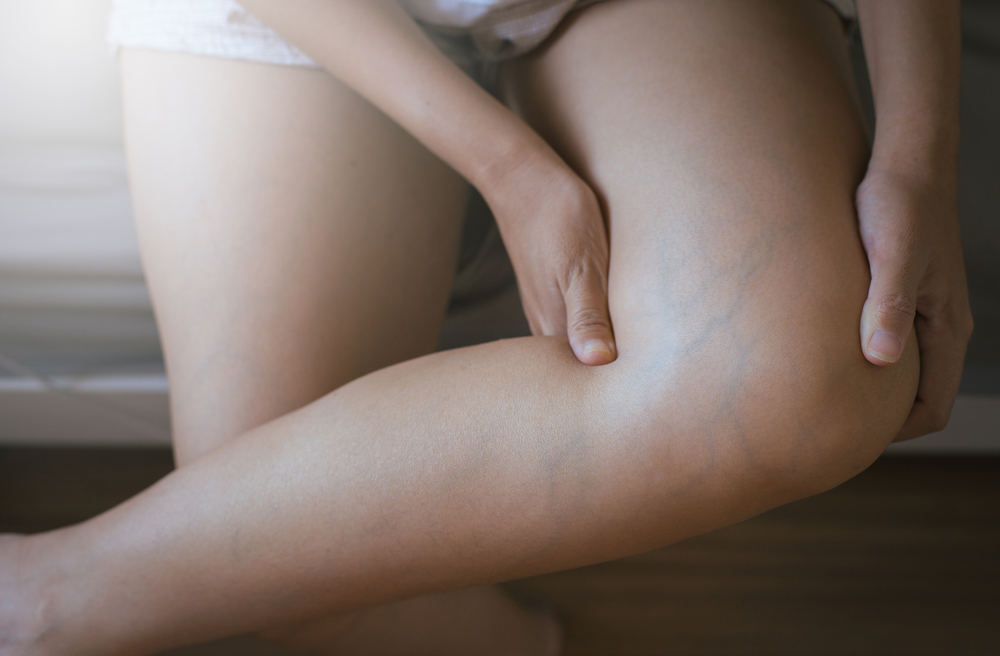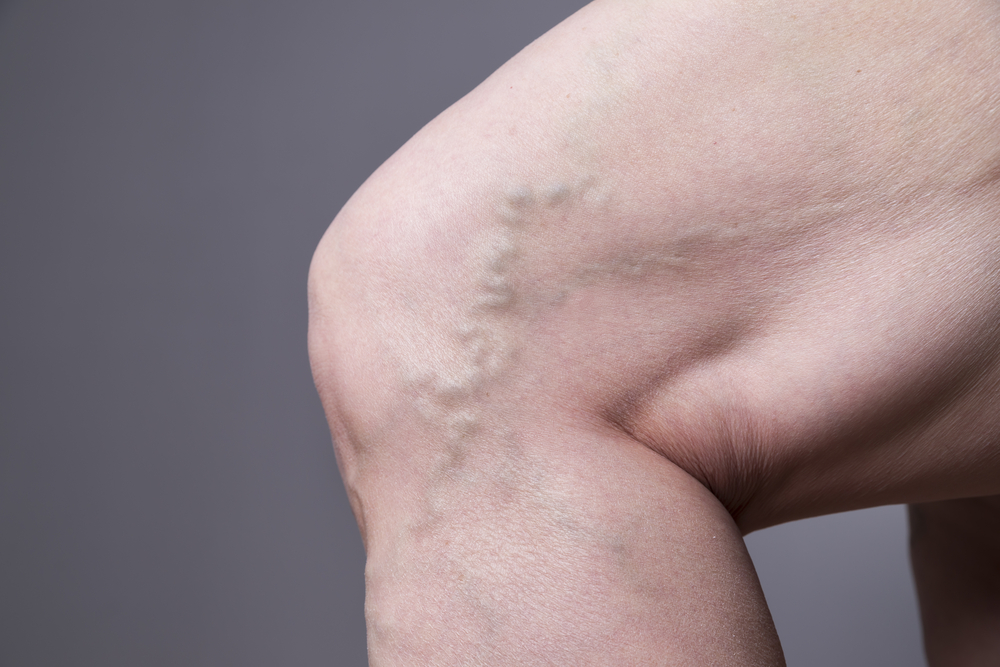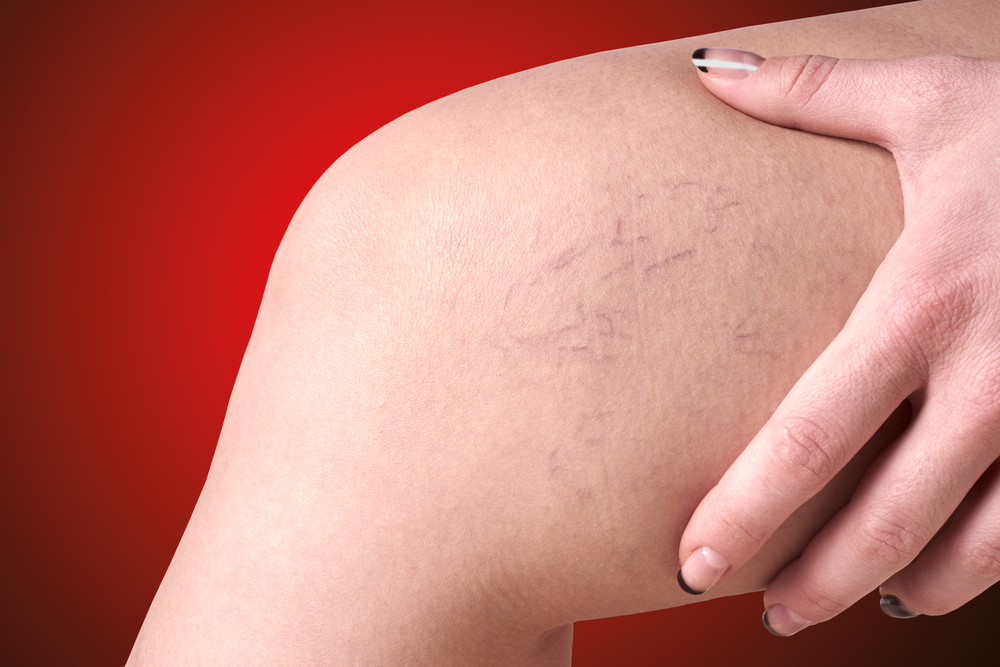TOP-5 Myths about Laser Tattoo Removal
Laser removal treatments are commonly performed procedures for fading unwanted tattoos in a safe and effective way. Because of its popularity, the online world is buzzing with false claims and myths regarding tattoo removal.
Should you get a laser treatment for your tattoos?
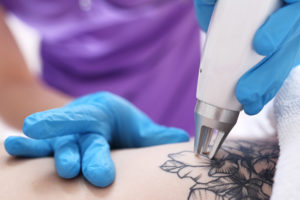 The problem with these myths is that they either scare people away or promote unrealistic expectations, which hinders candidates in finding an effective removal treatment for their “tattoo fails”.
The problem with these myths is that they either scare people away or promote unrealistic expectations, which hinders candidates in finding an effective removal treatment for their “tattoo fails”.
Whatever your stand about laser treatments, make sure you are getting your information from a board-certified dermatologist on tattoo removal.
Now, let’s debunk the top 5 myths about laser removal once and for all.
Myth #1 – Tattoo removal creams are a cheap alternative to laser removal treatments
FALSE. For years, countless topical products have graced the beauty industry with gargantuan promises or removing stretch marks, cellulite, and yes even tattoos.
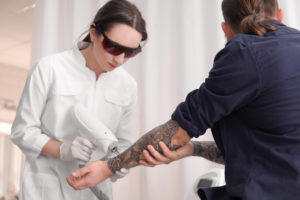 However, there is still no miracle cream that can work as effectively as a laser treatment. It’s the same with cellulite and stretch marks, by the way, only clinical procedures can manage these common aesthetic maladies.
However, there is still no miracle cream that can work as effectively as a laser treatment. It’s the same with cellulite and stretch marks, by the way, only clinical procedures can manage these common aesthetic maladies.
Creams aren’t effective because they can’t penetrate deep enough.
Tattoo inks are deposited into the deeper layer of the skin and removal creams must penetrate the epidermis to reach these globs of pigments.
But if your cream can reach the deeper layer of the skin, they probably contain hazardous chemicals. You’ll most likely suffer from skin irritation and allergies if you go this route.
Myth #2 – Laser can easily erase any tattoos
FALSE. Again, there is no magic treatment for removing tattoos. Lasers are no exception. The process is not simple and complete removal may take months or years.
How do lasers remove tattoos? Lasers work by destroying pigment molecules into tiny pieces, which are then absorbed in the bloodstream through our bodies’ natural immune response.
Not all tattoos can be completely removed. It depends on the ink color, the type of laser used, where the tattoo is located, and how well your body responds to the treatment.
Myth #3 – Scarring is common after laser removal treatments
POSSIBLE, BUT UNLIKELY. Getting scars from a laser tattoo removal is rare in the hands of an experienced and highly-trained medical provider. Modern laser machines are also more sophisticated–thanks to rigorous testing in clinical trials.
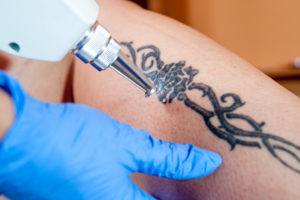 However, poor aftercare may lead to scarring, as well as previous scars during inking that was masked by the tattoo.
However, poor aftercare may lead to scarring, as well as previous scars during inking that was masked by the tattoo.
When the tattoo fades, the scars are now more noticeable and some would think the laser removal caused it.
To prevent getting scars, be diligent with your aftercare. Watch out for adverse effects and skin changes. Most importantly, follow your provider’s instructions to a tee.
Myth #4 – You need a board-certified dermatologist for tattoo removal
TRUE. As with all cosmetic treatments, you should only give your trust to professionals, who spent years learning about anatomy, physiology, the effects of light-based treatments, and how to manage potential complications.
Anyone can buy a laser machine and set up an aesthetic clinic, but the success of every treatment lies mainly in the medical professional who will perform the procedure.
Make sure that your provider has appropriate training and certifications, including a level 4 Core of Knowledge certificate from the laser manufacturer.
Myth #5 – A tattoo removal process is extremely painful
FALSE. To be honest, the path to laser tattoo removal is not paved with flowers. There may be painful sensations, but not as intense as getting a tattoo.
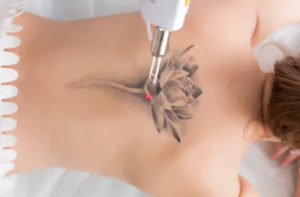 Your practitioner can give you an anesthetic agent (lidocaine) to numb the area so that the process would not be too uncomfortable.
Your practitioner can give you an anesthetic agent (lidocaine) to numb the area so that the process would not be too uncomfortable.
The laser removal process is also considerably shorter than getting a tattoo, thus you won’t be in pain for long.
To imagine how a laser tattoo removal feels like–think of a rubber band snapping against your skin. It might be bothersome, but definitely not unbearable.
Other caveats…
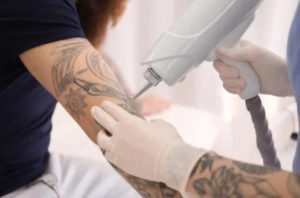 While tattoo removal using lasers has been proven safe and highly effective, not everyone is a good candidate for treatment. Just as it is easier to correct pigmentations among light-skinned individuals, they are also good candidates for laser tattoo removal.
While tattoo removal using lasers has been proven safe and highly effective, not everyone is a good candidate for treatment. Just as it is easier to correct pigmentations among light-skinned individuals, they are also good candidates for laser tattoo removal.
Lasers typically target pigment in the dye, but some lasers diffuse light energy in the surrounding skin and destroy pigment-producing skin cells called melanin.
People with darker skin have more melanin, which means using a laser to remove a tattoo in these patients can lead to hyperpigmentation and burns.
However, a highly skilled provider can pick the right laser wavelength for your skin color to prevent these side effects.
Latest News
- August 25, 2021
- August 25, 2021
- July 21, 2021
- July 20, 2021
- June 21, 2021
